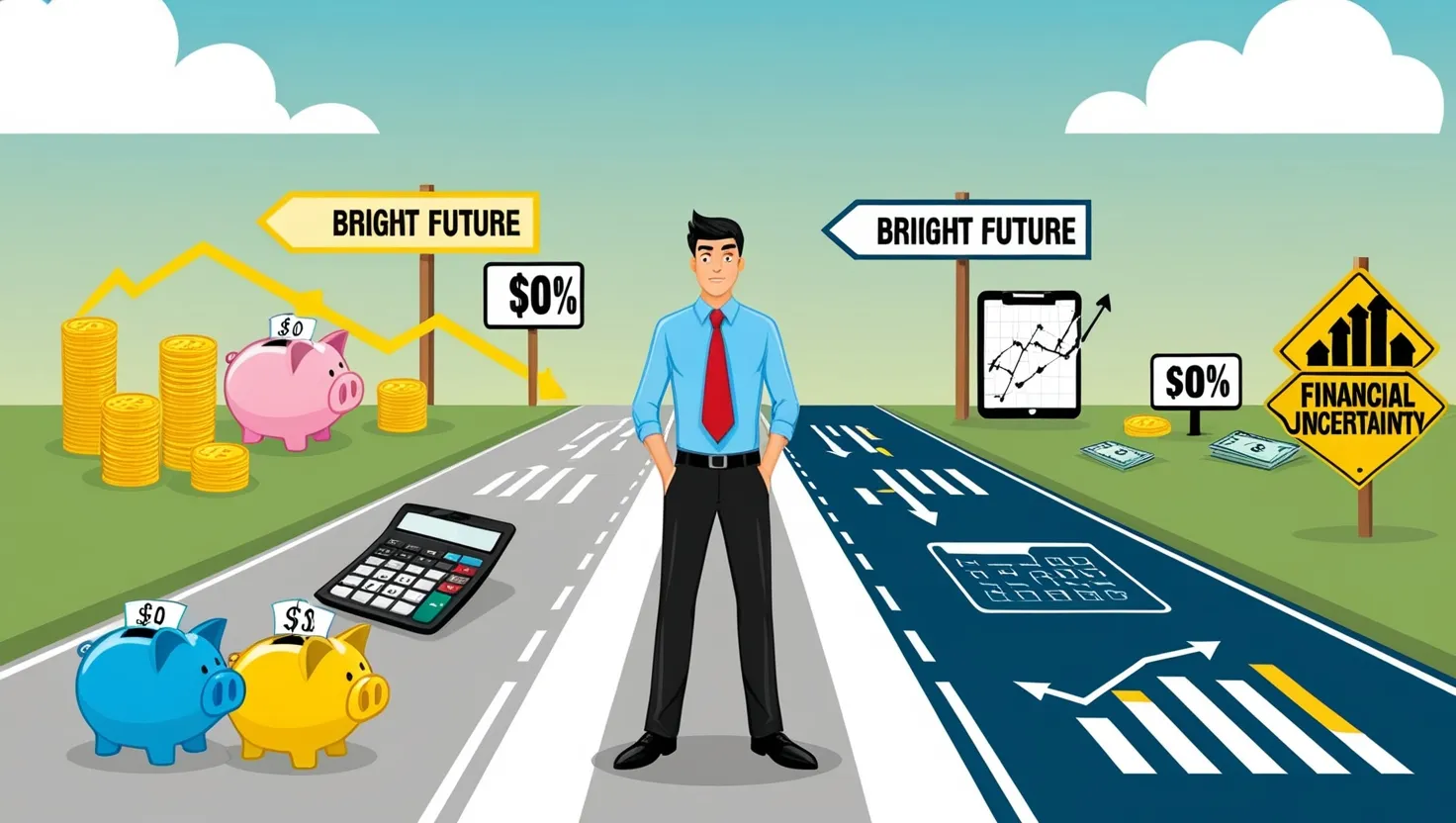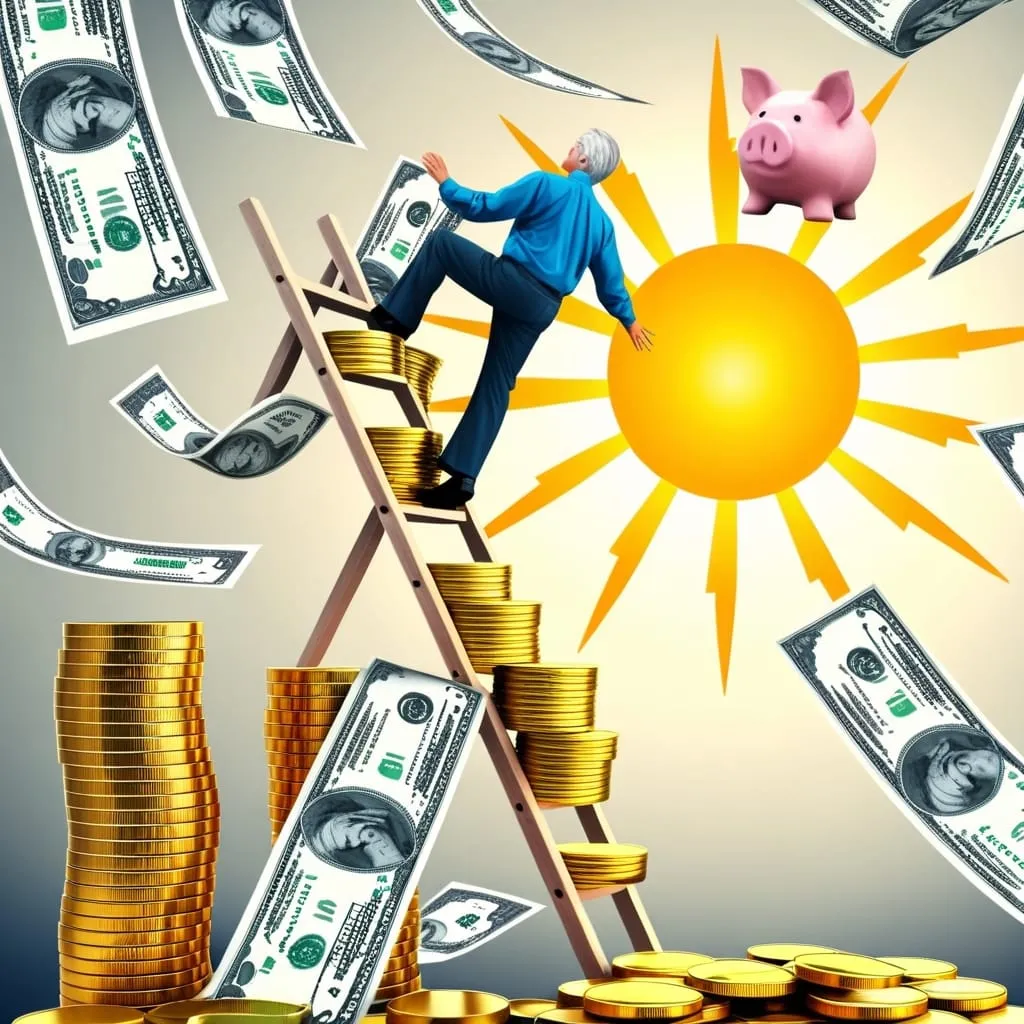Peer-to-Peer Lending: The Financial Revolution You Can't Ignore
Let's talk about something that's shaking up the finance world - peer-to-peer lending. It's like the Uber of money lending, connecting people who need cash with folks who have some to spare. No stuffy banks, no endless paperwork, just people helping people. Sounds pretty cool, right?
So, what's the deal with P2P lending? Well, imagine you need a loan, but instead of going to a bank, you hop online and borrow directly from other people. That's P2P lending in a nutshell. It's like crowdfunding, but for loans.
Now, you might be thinking, "Wait a minute, isn't that risky?" Well, sure, there's some risk involved, but isn't there always when it comes to money? The thing is, P2P lending platforms have got your back. They do all the nitty-gritty stuff like checking credit scores and setting interest rates. They're like the matchmakers of the financial world, connecting borrowers with lenders and making sure everyone plays nice.
Let's break it down a bit. Say you need some cash to start your dream food truck business. You go to a P2P platform, fill out an application, and boom - you're assigned a risk category based on your financial history. This determines the interest rate you'll pay. On the flip side, let's say you've got some extra cash lying around. You can become a lender, choosing which loans to invest in based on risk and potential returns.
Now, why would anyone choose P2P lending over traditional banks? Well, for borrowers, it can mean lower interest rates and easier access to loans. If you've got a decent credit score, you might find P2P rates that make your bank's offers look like highway robbery. And even if your credit isn't stellar, P2P platforms might still give you a shot when banks won't.
For lenders (or investors, if you want to sound fancy), P2P lending can be a goldmine. We're talking potential returns that make your savings account look like a joke. Some investors see returns of 5-9% annually, with some lucky ducks hitting 10% or more. That's nothing to sneeze at, especially in today's low-interest environment.
But hold your horses - it's not all sunshine and rainbows. Like any investment, P2P lending comes with risks. The biggest one? Default. Yep, sometimes borrowers can't pay back their loans, and that means you could lose your investment. It's like lending money to your flaky cousin - there's always a chance you won't see that cash again.
There's also the issue of early repayment. Sounds great for the borrower, right? But for lenders, it means less interest earned. And don't forget about fees - P2P platforms gotta make money too, and those fees can eat into your returns.
Another thing to keep in mind is liquidity. Once you invest in a loan, your money is typically tied up until the loan matures. So if you suddenly need cash for an emergency pizza run (hey, it happens), you might be out of luck.
But don't let these risks scare you off. P2P lending can be a great way to diversify your investment portfolio. It's like not putting all your eggs in one basket, except the baskets are loans and the eggs are your hard-earned cash.
Let's get real for a second. Imagine you're Sarah, and you need $10,000 to consolidate your credit card debt. You go to a P2P platform and get approved for a loan at 12% interest. On the other side, there's John, who's got $1,000 to invest. He decides to invest in Sarah's loan, along with a bunch of other people. If Sarah pays her loan on time, John makes a tidy profit. But if Sarah can't pay, John might lose some or all of his investment. It's a bit like gambling, but with better odds and less neon lights.
So, how do you get in on this P2P action? It's pretty simple. First, choose a platform. There are a bunch out there, like LendingClub, Prosper, and Upstart. Do your homework and pick one that feels right for you. Then, create an account and deposit some cash. From there, you can either manually pick loans to invest in or use the platform's automated tools to spread your money around.
Now, if you want to be a P2P lending pro, here are some tips. First, diversify like crazy. Don't put all your money in one loan - spread it out. Second, be picky about who you lend to. Look for borrowers with good credit scores and low debt-to-income ratios. Third, keep an eye on those fees. Make sure you understand how much the platform is charging and how it affects your bottom line.
Lastly, stay informed about the economy. When times are tough, more people might struggle to pay back loans. It's like how your plant needs more water during a heatwave - borrowers need more slack during economic downturns.
P2P lending isn't just about making money, though. It's about being part of a financial revolution. It's about cutting out the middleman and connecting people directly. It's about giving people access to loans they might not otherwise get, and giving investors opportunities they might not otherwise have.
Think about it - P2P lending could help someone start a business, pay for education, or get out of high-interest debt. And on the flip side, it could help you earn better returns on your money than you'd get from a savings account. It's a win-win situation, as long as you play your cards right.
But remember, P2P lending isn't a get-rich-quick scheme. It's an investment strategy that requires thought, research, and a bit of risk tolerance. It's not for everyone, and that's okay. Maybe you're more comfortable with traditional investments, or maybe you're ready to dive into the P2P pool. Either way, the important thing is to make informed decisions about your money.
In the end, P2P lending is just one tool in the financial toolbox. It's not a magic solution to all your money problems, but it could be a smart addition to your financial strategy. Whether you're looking to borrow or invest, P2P lending offers opportunities that weren't available just a few years ago.
So, what do you think? Are you ready to join the P2P lending revolution? Or are you happy sticking with traditional banking? Whatever you decide, just remember - your financial journey is yours alone. Make choices that feel right for you, stay informed, and don't be afraid to try new things. After all, that's what smart living is all about.






